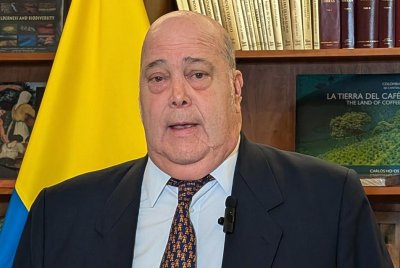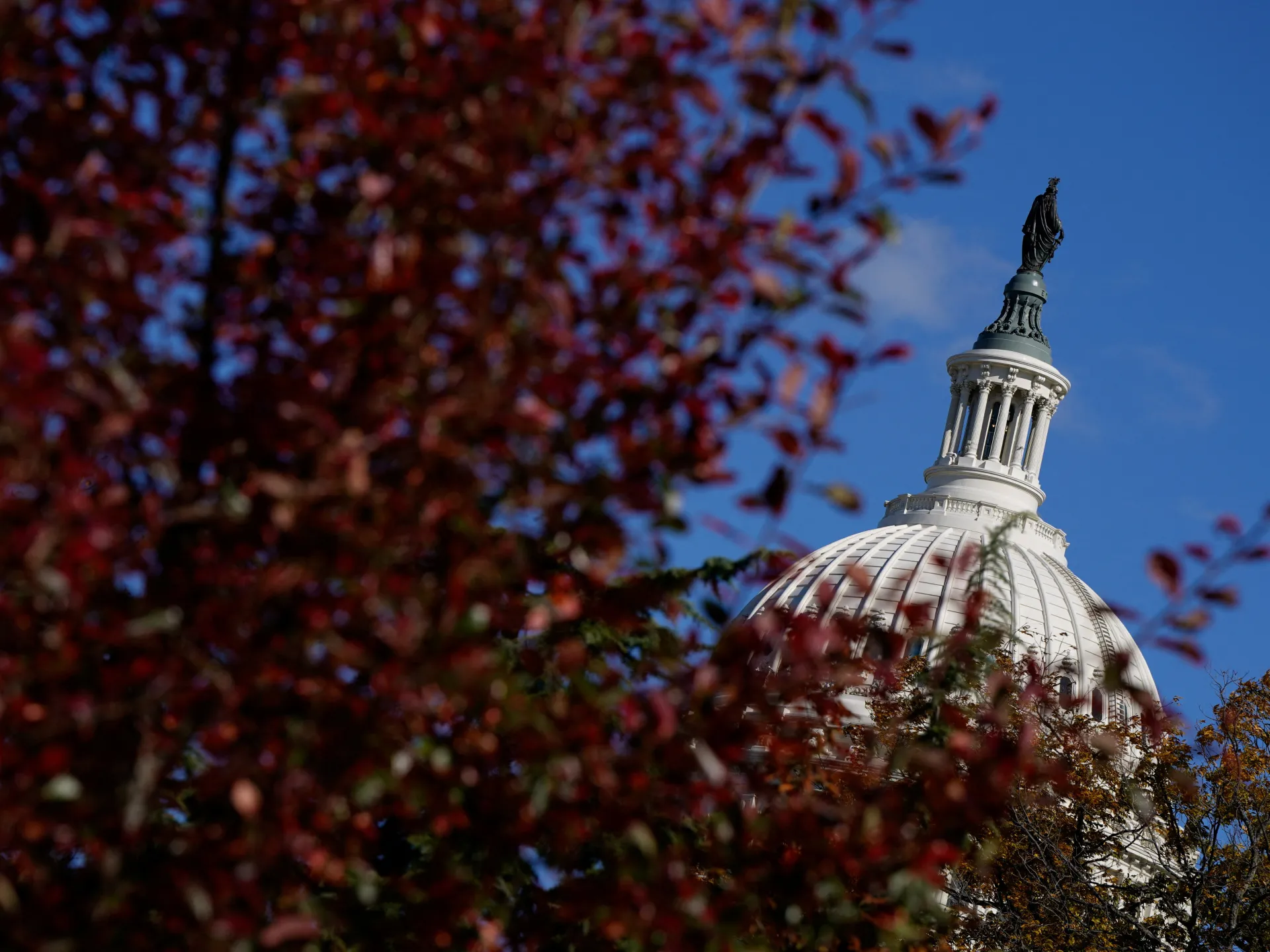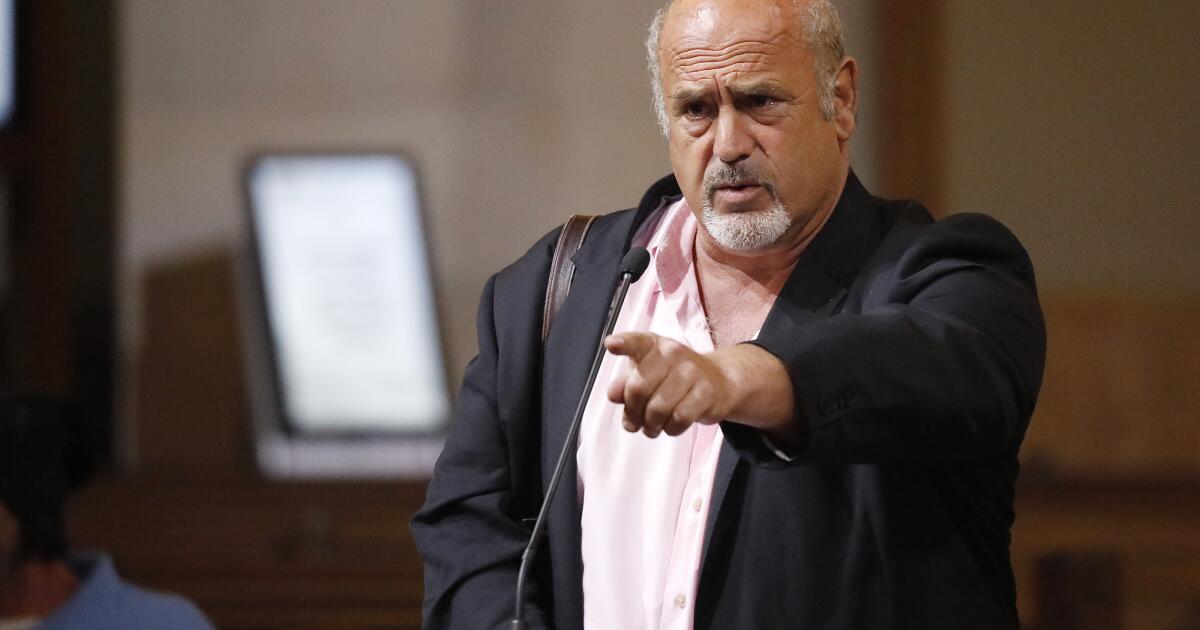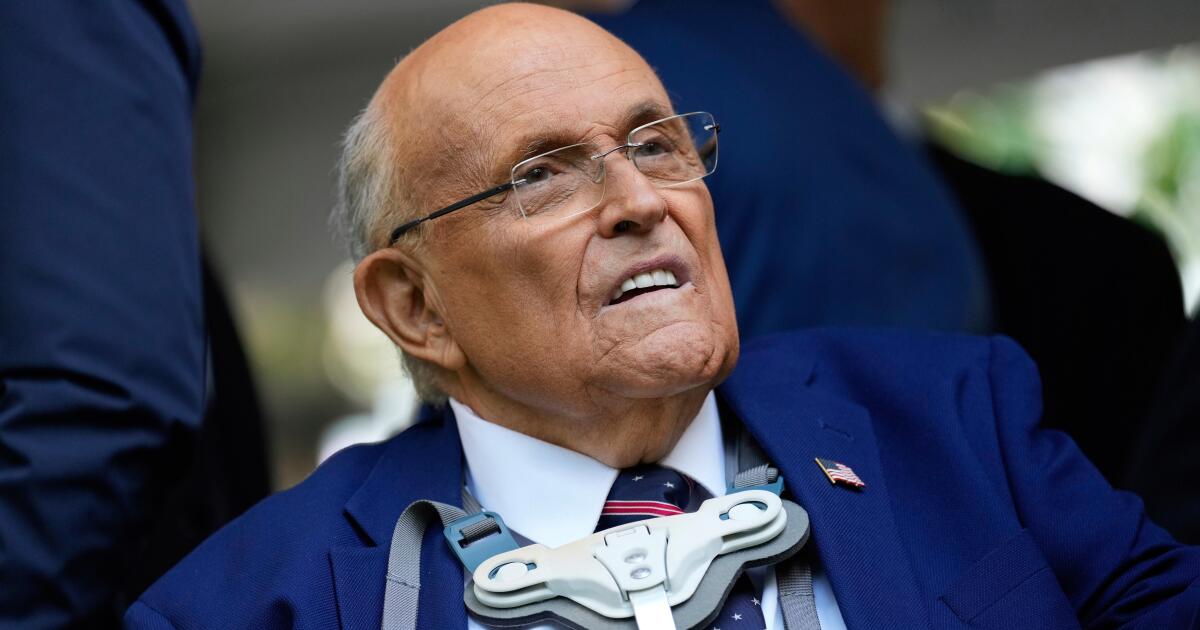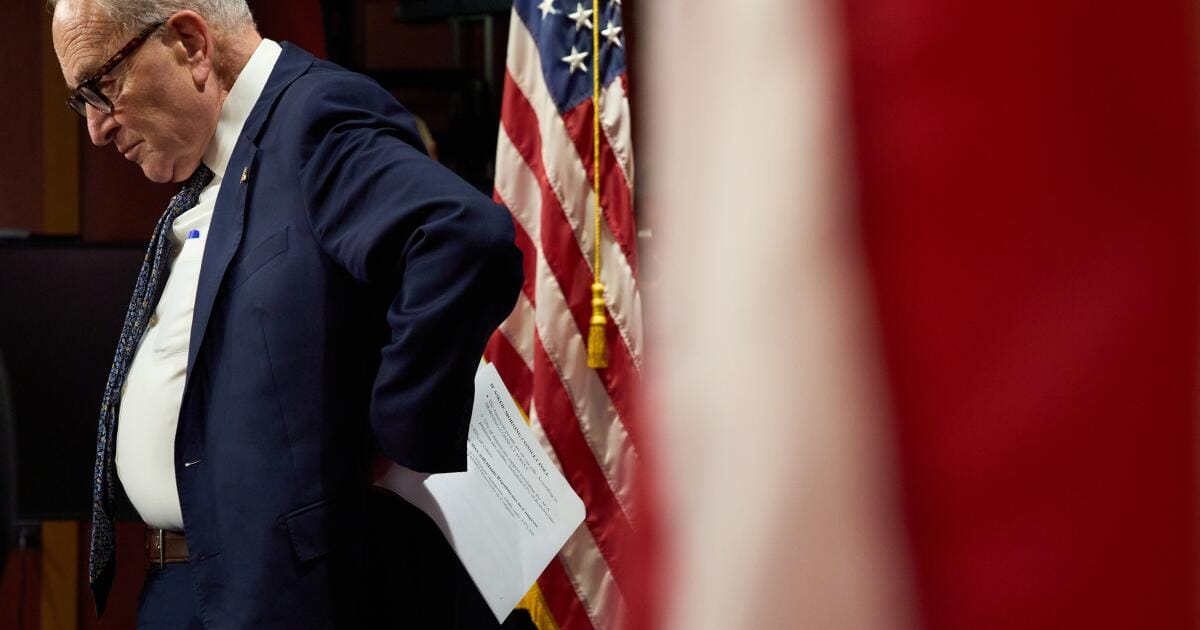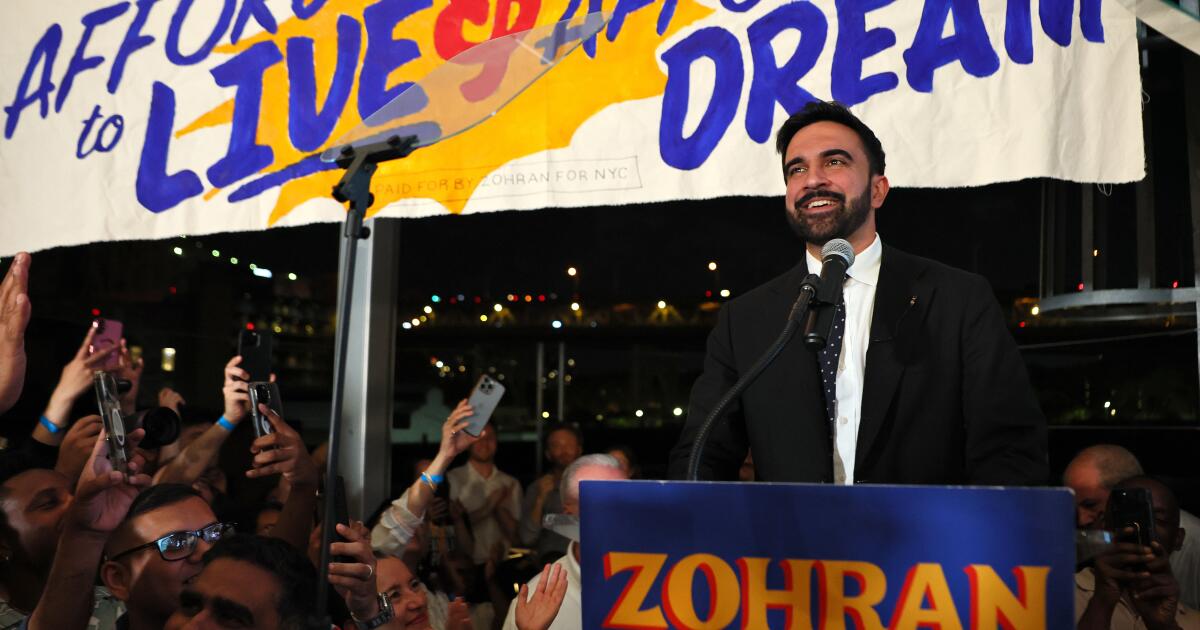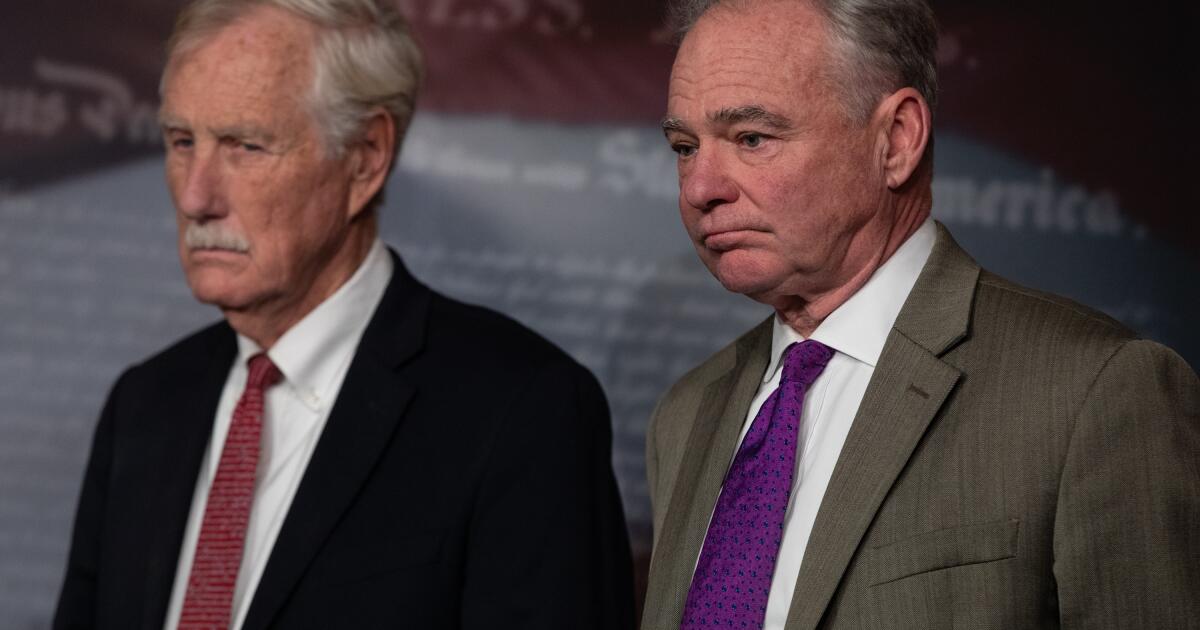Groups that run election ads may keep donors secret, court rules
A U.S. Court of Appeals in Washington on Tuesday overturned a decision requiring organizations that run election-related television ads to reveal their funders, saying a lower court erred in finding that Congress intended to require such disclosure — a victory for some of the biggest groups participating in the 2012 campaign.
In an unsigned decision, the three-judge panel wrote that it was “doubtful” that Congress anticipated how campaign finance rules would change and sent the case back to the lower court for further review.
But for the remainder of this election the ruling lets up the pressure on GOP-allied organizations such as the U.S. Chamber of Commerce, Americans for Prosperity and Crossroads GPS, which changed their ad strategies after a federal judge ruled this spring that Congress intended such groups to disclose their donors.
INTERACTIVE: Spending during the 2012 election
“We’re just delighted,” said Thomas Kirby, an attorney for the Center for Individual Freedom, one of two groups that pursued an appeal of the case. “CFIF believes that the right to engage in political speech should not be needlessly conditioned upon the loss of anonymity.”
Rep. Christopher Van Hollen (D-Md.), who brought the original case against the Federal Election Commission that upheld the donor disclosure requirement, issued a statement saying the appellate decision “struck a blow against transparency in the funding of political campaigns.”
“The Court of Appeals’ decision today will keep the American people, for the time being, in the dark about who is attempting to influence their vote with secret money,” he added.
The case hinges on the FEC’s interpretation of the 2002 McCain-Feingold Act, a landmark campaign finance reform measure that, among other things, required groups that engage in “electioneering communications” to reveal all their contributors.
Five years later, the FEC issued a rule stating that such organizations only had to reveal the donors who gave for the purpose of financing TV ads.
Van Hollen — backed by lawyers from the campaign finance reform organizations Democracy 21, Public Citizen, Campaign Legal Center and the law firm WilmerHale — sued the FEC, arguing that the rule created a major loophole that undermined the intent of the McCain-Feingold Act. A federal judge agreed, ruling on March 30 that the FEC had overstepped its authority.
“Congress intended to shine light on whoever was behind the communications bombarding voters immediately prior to elections,” Judge Amy Berman Jackson wrote in her decision.
Her ruling threw out the 2007 rule and reinstated a 2003 FEC regulation that required organizations doing electioneering to report all donations of $1,000 or more dating back to the first day of the preceding year.
That triggered a scramble among politically active groups on the right that have been fighting efforts to force them to reveal their funders. Despite the fact that they are organized as nonprofit social welfare organizations – or, in the case of the Chamber, as a trade group — the groups began running explicitly political ads, taking advantage of the conflicting patchwork of campaign finance rules that did not require disclosure of those doing “express advocacy.”
That move came with its own risk: paying for overtly political spots could jeopardize their tax status.
INTERACTIVE: Battleground states map
Such a tactic is no longer necessary after Tuesday’s ruling by the appellate court, which declared that the McCain-Feingold Act is “anything but clear” in light of major court cases that have followed it, including the Supreme Court’s 2010 decision in Citizens United.
The panel chided the FEC for not clearly dealing with the changes in the law or defending its stance in court. The appellate court sent the case back to the lower court, ordering it to refer the matter back to the FEC to defend its current rules or issue new ones.
But with the FEC locked in partisan gridlock, it remains unclear whether the six commissioners will be able to come to agreement on how to proceed.
Campaign finance reform advocates said they were not giving up, saying they still believed they had a strong argument to make at the district court level if the FEC chooses to defend the current rules.
“The Court of Appeals got it wrong,” said Fred Wertheimer, president of Democracy 21. “There is no way Congress enacted a statute to result in no disclosure of contributors when the statute calls for all disclosure of contributors.”
Wertheimer said his group would also continue to press the Internal Revenue Service to scrutinize the activities of groups such as Crossroads GPS that claim to be nonprofit social welfare organizations.
But he admitted that in the prospect of forcing such organizations to reveal their donors this year has been effectively shut down.
“They’ll go back to doing electioneering and claim that their campaign ads are not campaign ads,” Wertheimer said.
Follow Politics Now on Twitter and Facebook[email protected]
Twitter: @mateagold



